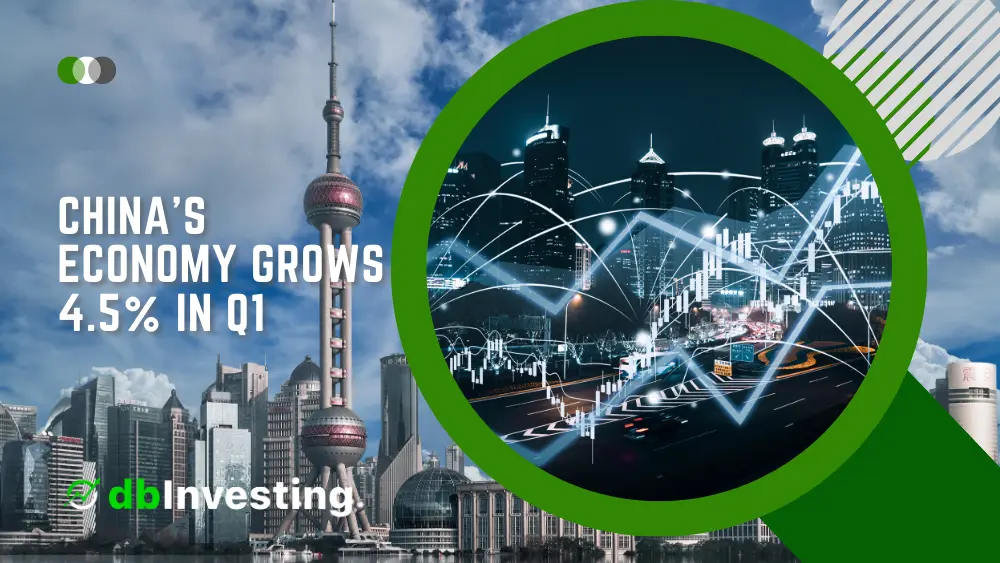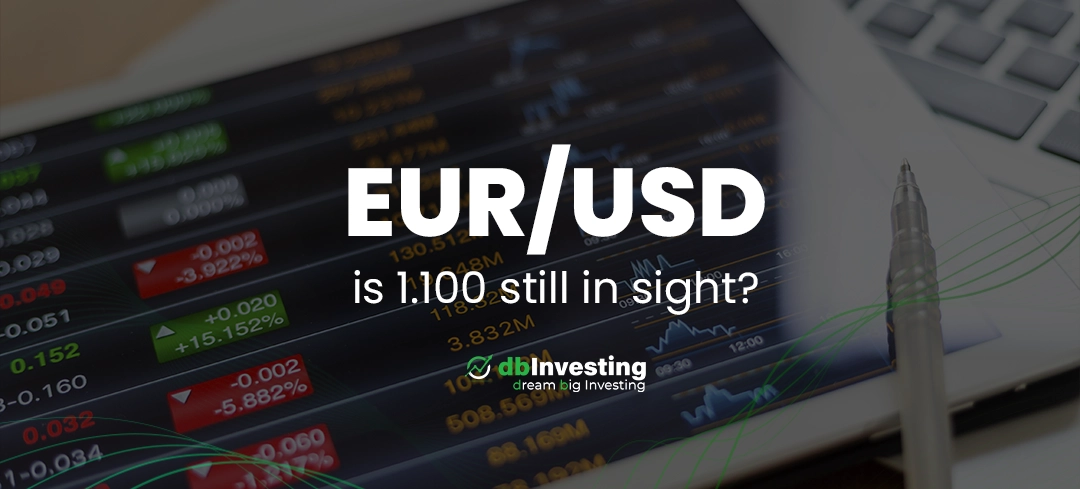China’s economy grew by 4.5% in the first quarter of 2023, according to official data released by the National Bureau of Statistics (NBS) in April. The growth rate was slightly lower than the 4.9% expansion recorded in the previous quarter but still exceeded market expectations.
China’s economic recovery from the COVID-19 pandemic has been robust, thanks to the government’s stimulus measures and successful containment of the virus. In this article, we will delve into the factors driving China’s Q1 economic growth, analyze the challenges ahead, and examine the implications for China’s economy and the world.
Drivers of China’s Q1 Economic Growth
The NBS data showed that China’s Q1 economic growth was driven mainly by domestic consumption and investment. Retail sales rose by 12.1% year-on-year in Q1, indicating a strong rebound in consumer demand. Fixed-asset investment increased by 8.9%, buoyed by infrastructure and real estate investment.
Meanwhile, industrial production grew by 6.9%, reflecting robust manufacturing activity. These data points suggest that China’s economy is increasingly driven by domestic demand, which bodes well for its long-term sustainability.
Another factor driving China’s Q1 economic growth is the country’s successful containment of the COVID-19 pandemic. China has largely eradicated the virus within its borders, thanks to its stringent measures such as mass testing, quarantine, and lockdowns.
This has allowed the country to reopen its economy earlier and more fully than other countries, giving it a head start in the global economic recovery. China’s strong exports also contributed to its economic growth, with exports rising by 30.6% year-on-year in Q1.

Challenges Ahead
Despite China’s robust Q1 economic growth, the country still faces several challenges in sustaining its economic momentum. One of the biggest challenges is the resurgence of COVID-19 cases in some regions, which could disrupt economic activity and dampen consumer confidence.
The emergence of new virus variants and the slow pace of vaccination in some areas also pose a risk to China’s economic recovery.
Another challenge is the rising debt levels in China’s economy. The government’s stimulus measures during the pandemic have led to a surge in corporate and local government debt, which could constrain future economic growth if not managed effectively.
The central government has signaled its intention to address the debt issue by tightening regulations and cracking down on risky lending practices, but this could also slow down economic growth in the short term.

Implications for China’s Economy and the World
China’s Q1 economic growth has significant implications for both its own economy and the world at large. On the one hand, China’s strong economic performance provides a boost to its domestic confidence and helps to stabilize the global economy.
China is the world’s second-largest economy and a major contributor to global growth, so any fluctuations in its economic activity can have ripple effects across the world.
On the other hand, China’s growing economic influence also raises concerns about its potential impact on the global economy and the geopolitical landscape. China’s state-owned enterprises and technology companies have become increasingly dominant in key sectors such as telecommunications, energy, and semiconductors, raising questions about fair competition and national security.
China’s Belt and Road Initiative, a global infrastructure development program, has also drawn criticism for its potential to trap developing countries in debt and undermine their sovereignty.
Conclusion
China’s Q1 economic growth of 4.5% reflects the country’s continued economic recovery from the COVID-19 pandemic, driven by domestic consumption, investment, and successful virus containment. However, China still faces challenges in sustaining its economic momentum, such as COVID-19 resurgence, rising debt levels, and geopolitical tensions.
China’s growing economic influence also raises questions about fair competition, national security, and debt sustainability. As the world closely watches China’s economic performance and policies, it remains to be seen how China will balance economic growth with stability, sustainability, and global cooperation.



